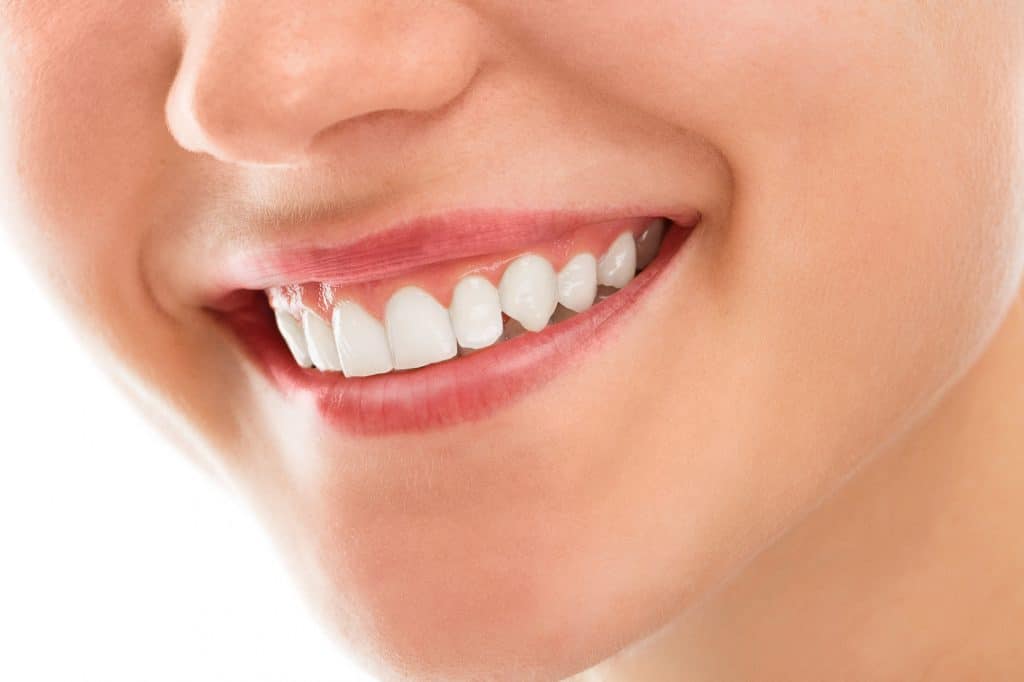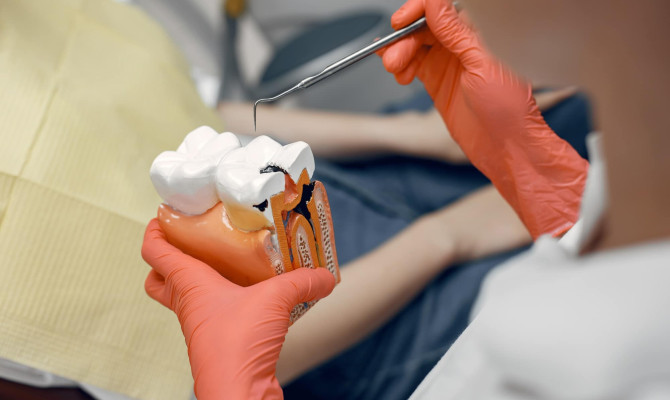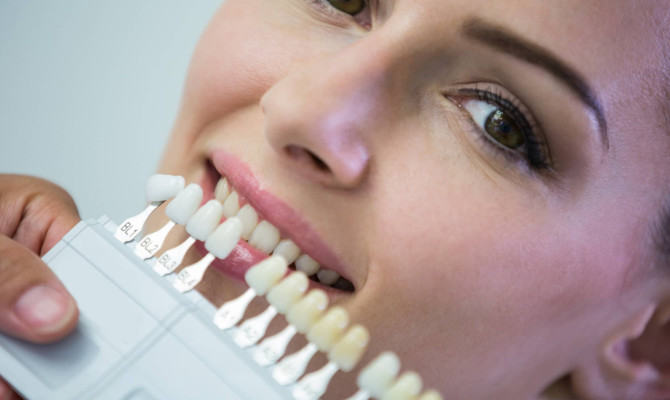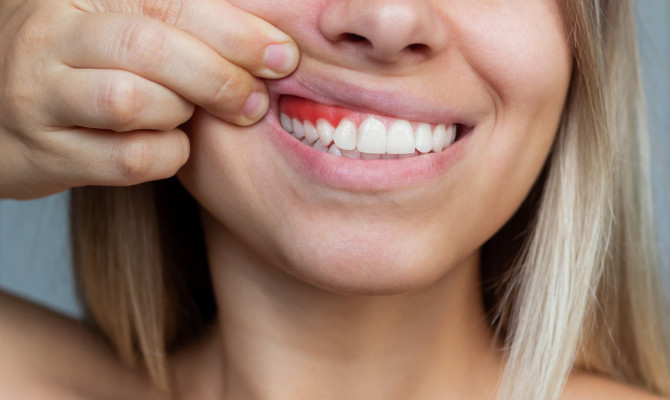Dental crown : Types, Complications, and Care

- Crown
- 16 Aug 2023
Overview
What is dental crown ?
To restore a tooth’s size, shape, strength, and look, a dental crown is a form of dental repair positioned over the tooth. A crown is a “cap” that completely encases the tooth’s visible surface above the gum line.1Overview| Researched based study from Nlm.nih.gov

Need

Why would one need a dental crown?
One can select the option of putting a dental crown in the following conditions:
Dental decay
- A dental crown can repair the tooth’s structure and stop additional harm if it has a significant cavity or other deterioration.1Need| Researched based study from Nlm.nih.gov
The tooth at the bottom is cracked.
- It can be put over the tooth to stop additional harm and restore the function of a cracked or damaged tooth, and it can be placed over tooth. It can be used to fix teeth that have fractured or worn down due to grinding or other causes.1Need| Researched based study from Nlm.nih.gov
Large filling
- A dental crown can be fitted over a tooth with an extensive filling if it weakens the tooth. This will offer strength and support.
Root-canal therapy
- After receiving root canal therapy, a tooth may eventually deteriorate and break. A crown can be put over the tooth to give stability and stop additional harm.
Cosmetic purposes
- When a tooth is malformed, discolored, or has other cosmetic defects, it might be used to enhance its overall appearance.1Need| Researched based study from Nlm.nih.gov
Dental implant
- A dental implant, a metal post surgically inserted into the jawbone to replace a lost tooth, can be covered with a crown.
Support for a dental bridge
- A dental bridge, a prosthetic device that replaces one or more missing teeth, can be supported by crowns.1Need| Researched based study from Nlm.nih.gov
Types
Varieties of dental crowns
They may be matched to the natural color of the teeth and are constructed of porcelain, making them a popular option for front teeth.
Porcelain crowns
- These are constructed from a tough, long-lasting dental ceramic. Both the front and back teeth can benefit from using them.2Types| Researched based study from Nlm.nih.gov
Metallic crowns
- These are created from base metal, gold, platinum, or other metal alloys. They are widely used for back teeth due to their durability and strength.2Types| Researched based study from Nlm.nih.gov
Porcelain-fused-to-metal crowns
- These are made of metal and porcelain. While the porcelain has a natural appearance, the metal offers strength.2Types| Researched based study from Nlm.nih.gov
A resin crown
- They are constructed from a tough dental resin kind. However, they are less durable than metal or ceramic crowns, even though they may be placed on both front and back teeth.2Types| Researched based study from Nlm.nih.gov
The position of the tooth, the amount of residual natural tooth structure, and the patient’s aesthetic preferences will all influence the type of crown employed.
Process
Procedure for getting a dental crown
Consultation
- Making an appointment for a dental consultation is the first step. The dentist will examine your tooth to see if a crown is required.
- The dentist will discuss your alternatives and the treatment if a crown is suggested.
Preparing the teeth
- Preparing the tooth comes next once you and the dentist have decided to move forward. The tooth’s surrounding region will be anesthetized by the dentist before any decay or old fillings are removed. After that, the tooth will be shaped to fit the crown.3Process| Researched based study from Nlm.nih.gov
Impression
- The dentist will use the putty-like substance to take an imprint of the tooth after it has been cleaned and prepped. A customized crown that precisely fits over your tooth will be made using this impression.3Process| Researched based study from Nlm.nih.gov
Temporary crown
- The dentist will place a temporary crown over the tooth to protect it while the permanent one is produced. It usually consists of acrylic and will remain in place until the final crown is prepared.
Crown placement
- It would be best to revisit the dentist’s office to get the custom crown fitted.
- The temporary crown will be taken out and replaced by the new one, says the dentist. Before it gets securely fixed in place, the fit and color will be examined.3Process| Researched based study from Nlm.nih.gov
Final adjustments
- The dentist will modify the required to provide a comfortable bite and a natural-looking crown.3Process| Researched based study from Nlm.nih.gov
Care
After-care of a permanent dental crown
Brush and floss regularly
- To get rid of plaque and food particles that might lead to tooth decay or gum disease, brush your teeth twice daily and floss once daily.
- Brush the area around the crown and the neighboring teeth with a soft-bristled toothbrush and fluoride toothpaste.4Care| Researched based study from Nlm.nih.gov
Refrain from eating anything crunchy or sticky.
- Ice, hard candies, and chewy chocolates are foods to avoid eating since they can damage or even tear off the crown.
Use a mouth guard.
- Wear a mouth guard to protect your crown and stop damage if you engage in physical activity or grind your teeth at night.
Plan routine dental checkups.
- Clean your teeth and visit your dentist frequently to verify that your crown is operating correctly and to identify any issues.4Care| Researched based study from Nlm.nih.gov
Be careful when you bite.
- Make an appointment with your dentist for an adjustment if your bite seems unequal or unpleasant after receiving a crown.
Don’t chew on anything too hard.
- Avoid biting on pencils or fingernails since doing so might damage the crown.
Keep an eye out for decay.
- Inspect the area around the crown for indications of decay, such as sensitivity or discomfort, and let your dentist know immediately if you find anything wrong.4Care| Researched based study from Nlm.nih.gov
Lifespan
What is the average lifespan of a dental crown?
A dental crown’s lifetime might change based on several variables. A dental crown may typically last between 5 and 15 years but can survive much longer with the correct maintenance and care.
The following factors can affect the duration:
Material
- The durability and longevity of the material might vary. All-ceramic crowns may be more prone to breaking than porcelain fused to metal or zirconia crowns, which are robust and long-lasting.
Quality
- It’s essential to use high-quality supplies and a dentist with expertise. The crown may be kept in place and performed as intended with high-quality materials and strategic placement.1Lifespan| Researched based study from Nlm.nih.gov
Oral hygiene
- Adopting good oral hygiene habits, including brushing and flossing regularly, can help stave off decay and gum disease.
Wear and tear
- Certain activities can damage the crown, like grinding, chewing on ice or other hard things, or practicing sports.1Lifespan| Researched based study from Nlm.nih.gov
Bite alignment
- Poor biting alignment can increase pressure, which might lead to cracking or loosening over time.1Lifespan| Researched based study from Nlm.nih.gov
Disadvantages
Disadvantages of putting crown
Cost
- Dental crowns are pricey, particularly if you require several or choose a more expensive material.5Disadvantages| Researched based study from Nlm.nih.gov
Preparation
- The preparation can be intrusive and may need some tooth structure to be removed. A root canal may also be required in specific circumstances.5Disadvantages| Researched based study from Nlm.nih.gov
Sensitivity
- After the tooth has been cleaned and prepped; you can be sensitive to pressure, cold, or high temperatures for a few days or weeks.5Disadvantages| Researched based study from Nlm.nih.gov
Decay
- If the crown is not taken care of correctly, or if gum disease or decay is present beneath the crown, this might result in severe damage or tooth loss.
Fit issues
- In different scenarios, the crown might not fit well or might get loosened, requiring its replacement.5Disadvantages| Researched based study from Nlm.nih.gov
Alternatives
Alternatives for dental crowns
Veneers for teeth
- Veneers are thin covers explicitly created to fit over the fronts of teeth. They can fix aesthetic problems, including cracked or discolored teeth.6Alternatives| Researched based study from Nlm.nih.gov
Onlays and inlays
- They are fillings that are explicitly created for repairing decaying or broken teeth. They maintain more of the original tooth structure than a dental crown, making them a more conservative choice.
Dental bonding
- To fix the damage and enhance the tooth’s appearance, a resin substance that matches the tooth is applied.
Orthodontics
- This could be a better solution for problems like misplaced teeth. Using braces or invisible aligners, the teeth can be moved gradually into the proper position.6Alternatives| Researched based study from Nlm.nih.gov
Emergency
If I have a dental crown, when should I call the dentist?
- If you feel any discomfort or sensitivity.
- If you feel the crown is shaky or moving when you speak or bite.
- If the crown has any cracks or chips, report it.
- If the gums near the crown start to hurt, swell, or become red.
- If you smell or taste anything unpleasant coming from the crown.
Any feedback on this article?
 This Articles content was accurate
This Articles content was accurate Very Informative Article
Very Informative Article I have a question or a comment
I have a question or a comment
 This article contains inaccurate content
This article contains inaccurate content This article was not helpful
This article was not helpful I have a question or a comment
I have a question or a comment
We appreciate your helpful feedback!
Checkout our social pages
References
-
National Library of Medicine
Treatment Recommendations for Single-Unit Crowns: Findings from The National Dental Practice-Based Research Network | Overview | Need
-
National Library of Medicine
Dentist Material Selection for Single-Unit Crowns: Findings from The National Dental Practice-Based Research Network | Types
-
National Library of Medicine
A tooth preparation technique in fixed prosthodontics for students and neophyte dentists | Process
-
National Library of Medicine
Treatment planning in conservative dentistry | Care
-
National Library of Medicine
The Zirconia Ceramic: Strengths and Weaknesses | Disadvantages
-
National Library of Medicine
Variation in the use of crowns and their alternatives | Alternatives






































